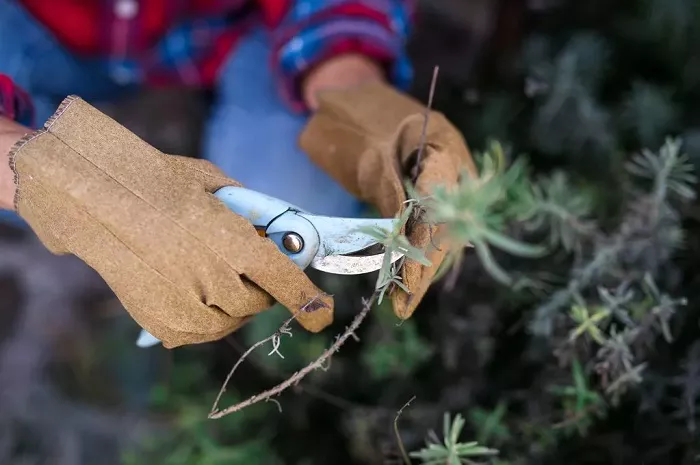Lavender, renowned for its captivating fragrance and pleasing appearance, is a popular choice among gardeners due to its low-maintenance nature. However, knowing the optimal time to prune this herbaceous plant is crucial. While late summer or early autumn is the ideal period for pruning lavender, gardeners can still trim their plants in May before the flowering season begins.
Michael Griffiths, a gardening expert known online as The Mediterranean Gardener, offers valuable advice: “If you missed pruning your lavender in late summer or it is looking untidy or has frost damage, mid to late spring, when new growth appears, is the perfect time to prune.”
Regular pruning is essential, especially if it has been neglected in previous years. Failure to prune lavender annually can result in a woody or spindly plant that produces fewer blossoms. “No one wants lavender that becomes leggy or twiggy because you didn’t prune it in the right way at the right time,” Michael notes.
Proper pruning can be simple and quick with a sharp, sterile cutting tool. It is important not to cut more than two-thirds of the plant, as this could hinder its ability to regrow. Michael explains, “You can prune lavender as hard as you like, as long as you are not cutting into old wood and leave some new growth beneath the cutting point.”
Old wood, characterized by its thicker, older stems, is essential for the plant’s structure but tends to produce fewer blooms. Cutting into old wood can cause significant stress and weaken the plant, potentially preventing it from flowering again or even leading to its death, according to reports from the Express.
To identify old wood, Michael advises looking for “this brown stuff down here with this almost white foliage.” In contrast, new growth, which is safe to cut, appears “bright green.”
For an ideal trim, cut the stem two to three inches above the old wood and into the leafy part of the new growth. To shape the lavender, trim the outer stems slightly shorter than those in the center, creating a dome-like appearance. Remove any dead or damaged branches to ensure a magnificent display of blooms in the summer.
Michael warns, “If you do cut down into old wood, that area may not regrow and you could lose the plant. So if in doubt, stay above that new growth.”
In conclusion, pruning lavender in spring may slightly delay flowering, but it will result in a better-shaped bush that lasts longer.


